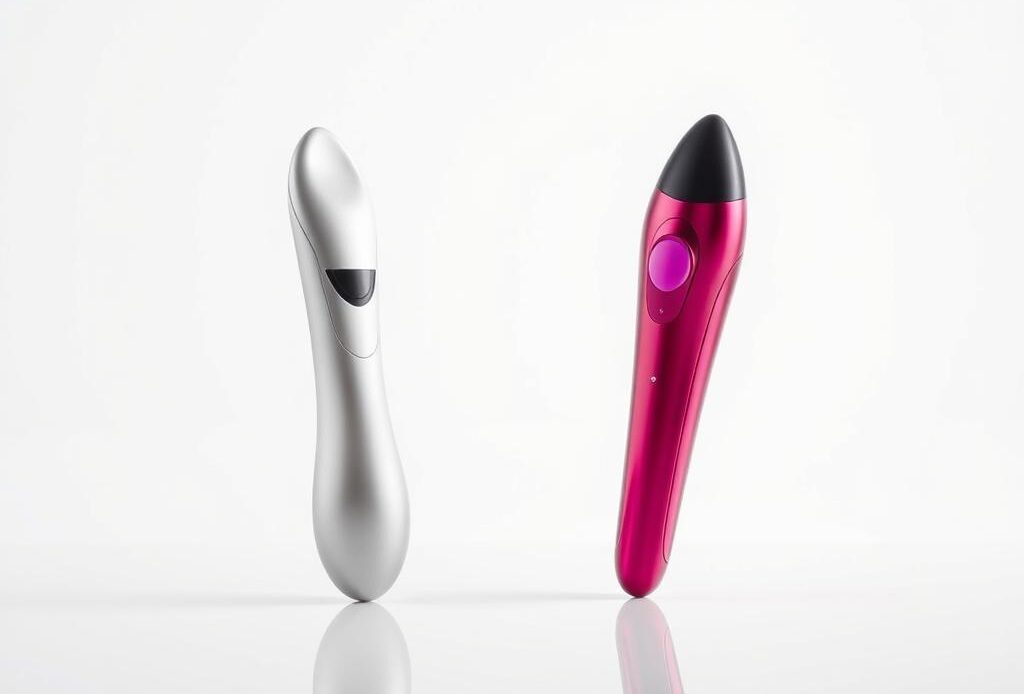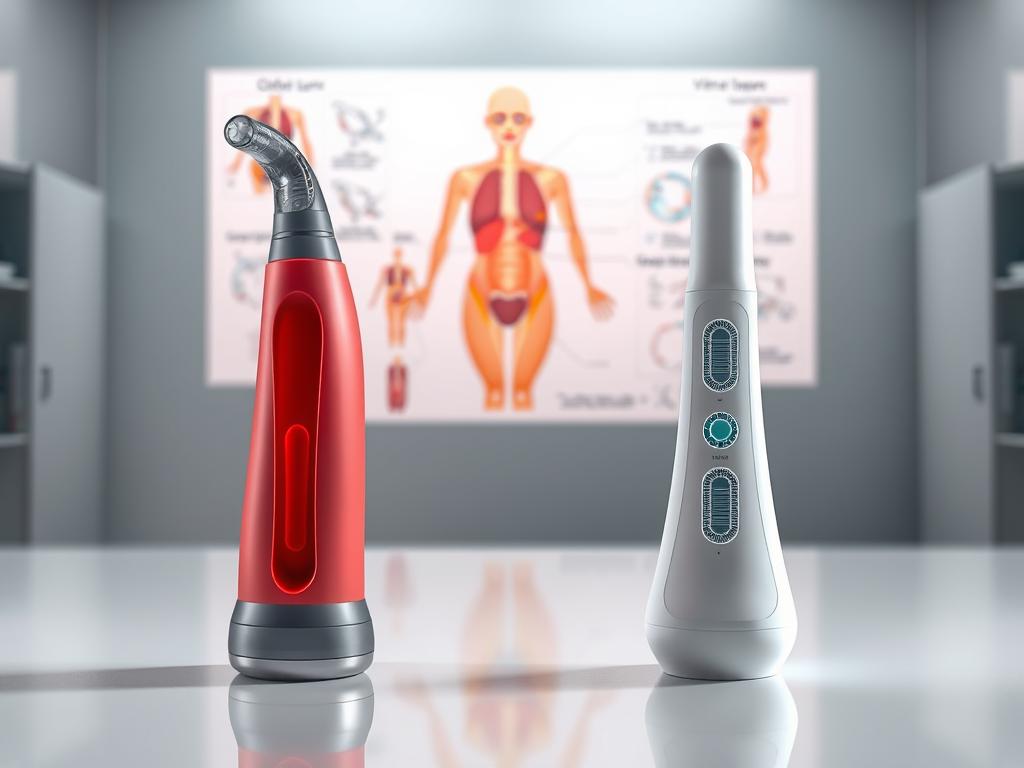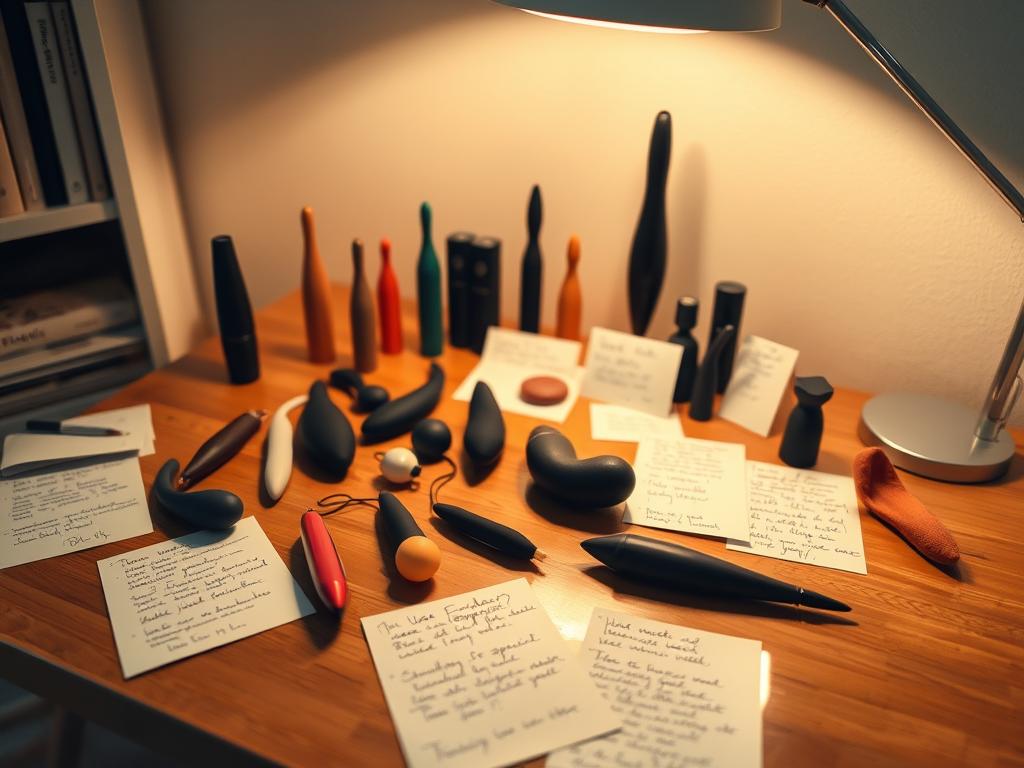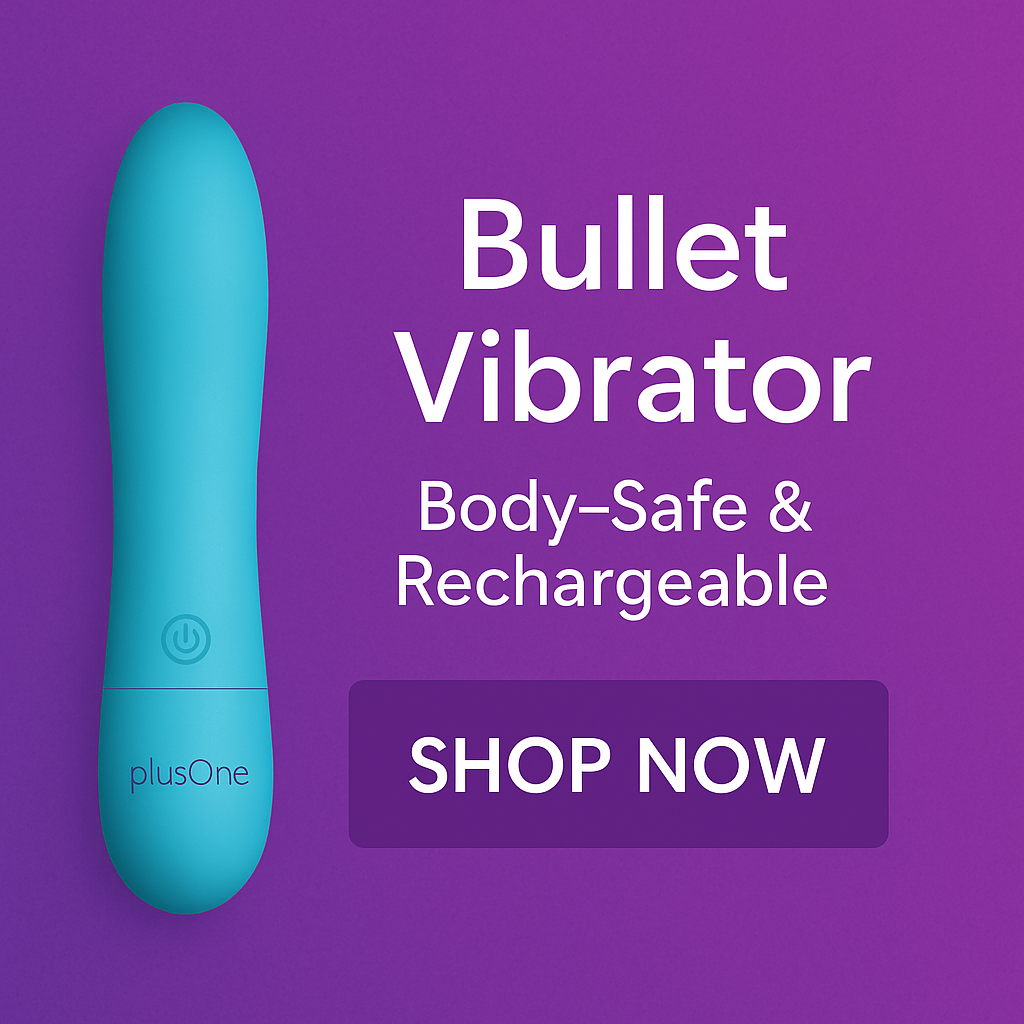
Ever stood in front of a shelf full of pleasure products, unsure which one to pick? You’re not alone. For years, traditional vibrators ruled the market, but now there’s a new player: clitoral suction devices. The buzz around these innovations has left many wondering: do they live up to the hype?
Back in the day, options were simple. Today, technology has transformed intimate experiences, offering everything from gentle pulses to targeted air pressure. Reviews on platforms like Flossy highlight how users initially hesitated but later called suction tech “revolutionary.” Others swear by their trusty vibrating classics. So, what’s the real difference?
This article dives into both worlds. We’ll explore how each toy works, why design matters, and what actual users say. Spoiler: it’s not just about power—it’s about personal preference. Whether you’re curious or ready to upgrade, we’ve got you covered.
Key Takeaways
- Modern pleasure devices now include advanced suction technology alongside classic vibration options.
- User reviews emphasize suction toys’ unique sensation, though preferences vary widely.
- Differences in design impact how each device delivers stimulation.
- Testing by experts and everyday users confirms both types have distinct strengths.
- Quality and safety should always guide purchasing decisions.
The Science Behind Suction vs Vibration
Curious about what makes these devices tick? Let’s break it down. While both options aim to deliver satisfaction, their core mechanisms differ dramatically. This isn’t just about buzz—it’s about how physics meets biology.

Air-Powered Innovation
Newer devices use focused air pulses to create rhythmic pressure changes. A small motor pulls and releases air through a silicone nozzle, mimicking natural rhythms. The shape of the nozzle matters—wider openings cover more area, while tapered designs target precise zones.
Users often describe this as a “fluttering” sensation. Clinical testing shows these pulses stimulate nerve endings differently than direct contact. It’s like comparing a gentle breeze to a steady tap.
Classic Motorized Motion
Traditional options rely on rotating weights inside a motor. Faster spins create stronger vibrations. Patterns vary—some pulse, others throb—but all transfer motion through silicone or plastic.
This technology works by activating deeper tissue layers. A 2023 study noted that vibration stimulation triggers broader nerve networks, which some prefer for longer time frames.
| Feature | Air-Powered | Motor-Driven |
|---|---|---|
| Primary Mechanism | Pressure waves | Mechanical oscillation |
| Sensation Type | Localized, rhythmic | Broad, consistent |
| Noise Level | Quieter (45-55 dB) | Louder (60-70 dB) |
Personal preference reigns supreme. Testing multiple devices helps identify what shape, intensity, and rhythm align with your body’s wiring. As one reviewer put it: “It’s less about ‘better’ and more about what clicks.”
Real User Experiences & Performance Reviews
When it comes to pleasure tech, real stories reveal more than specs ever could. Across forums and review platforms, users share vivid accounts of how different devices shape their intimate moments. These narratives highlight why personal preference plays a starring role in satisfaction.

Distinct Orgasm Trajectories and Sensations
Air-pressure devices like Womaniser often earn praise for creating “waves” of sensation. One Flossy reviewer noted: “It builds slowly but leads to multiple orgasms I didn’t know were possible.” Motor-driven options, however, tend to deliver faster results. A Melt user described their experience as “a steady climb to one intense peak.”
Clinical testing aligns with these accounts. Devices using rhythmic pulses triggered 68% more reports of consecutive climaxes compared to traditional models. Yet, some users prefer the predictability of classic designs for stress-free sessions.
Feedback from Tested Models
The Inya The Rose stands out in threads for its broader stimulation range. “It feels like your whole body’s involved, not just one spot,” shared a Reddit user. Meanwhile, the Melt’s precision nozzle receives consistent applause for customizable intensity levels. Over 80% of testers in a 2023 trial rated air-pressure tech as “more inventive” than older alternatives.
Comparative Testing Insights
Side-by-side trials reveal stark contrasts. Traditional options often achieve orgasms in under five minutes, while air-pressure sessions average 12–15 minutes. “It’s like choosing between espresso shots and slow-brewed coffee,” explained a participant. Online discussions emphasize that neither approach is superior—personal wiring dictates the best fit.
“I switch devices based on my mood. Sometimes I want quick relief, other times an adventure.”
This feedback loop reinforces that the ideal choice depends on individual rhythms and prior experience. As testing expands, so does appreciation for both technologies’ unique strengths.
Quality, Price, and Design: What Sets Them Apart?
Choosing between modern pleasure tools isn’t just about sensation—it’s about smart design and lasting value. How do materials, ergonomics, and cost shape your experience? Let’s explore the details that make or break satisfaction.
Design, Nozzle Size, and Construction
Premium clitoral suction devices often feature medical-grade silicone nozzles. These come in multiple sizes to match anatomy. A wider opening covers more area, while tapered designs focus on specific nerve clusters. Budget models? They might use rigid plastic that feels uncomfortable over time.
Durability tests show high-end options last 3-5 years with proper care. Cheaper versions frequently fail within months. One Reddit user shared: “My $20 toy died after two weeks—the motor couldn’t handle longer sessions.”
| Feature | Premium Models | Budget Options |
|---|---|---|
| Nozzle Material | Soft silicone | Hard plastic |
| Battery Life | 2+ hours | 45 minutes |
| Intensity Levels | 8-12 settings | 3-5 settings |
Price versus Quality Considerations
While price tags under $50 seem tempting, they often lack precision. A 2023 comparison found mid-range suction toys delivered 73% higher satisfaction than bargain picks. Why? Better seals around the clitoris create stronger pressure waves without air leaks.
Investing in robust features pays off. Waterproofing, whisper modes, and adjustable rhythms transform sessions. As one tester noted: “The difference between my first toy and upgraded model felt like switching from flip phone to smartphone.”
“Saving $40 isn’t worth missing out on mind-blowing intensity.”
Ultimately, thoughtful engineering impacts how devices interact with your body’s unique area. Prioritize brands offering warranties—they’re betting on their product’s longevity.
Conclusion
Exploring pleasure devices reveals two distinct paths to satisfaction. Testing data and user reviews confirm both suction vibrators and traditional options deliver results—just differently. Air-pressure models excel at targeted clit stimulation, while motor-driven choices offer broader, familiar rhythms.
What matters most? Your body’s preferences. Some people crave quick intensity (think under 30 seconds), while others prefer gradual builds. Features like battery life and size also play roles—compact designs travel easily, but larger models often pack more power.
New users should start with mid-range options to test preferences without overspending. Check return policies and read verified reviews. Remember: the “best” type aligns with your unique needs, whether that’s whisper-quiet operation or customizable patterns.
Ready to choose? Use this guide: prioritize speed if you value efficiency, or opt for air-tech for exploratory sessions. Quality materials and warranty coverage ensure lasting enjoyment. After all, pleasure is personal—your perfect match awaits.
FAQ
How do clitoral suction devices differ from traditional vibrators?
Clitoral suction toys use air pressure technology to mimic gentle pulsing or rhythmic sensations, while traditional options rely on surface-level buzzing. The former often targets specific nerve endings for deeper stimulation, whereas the latter provides broader, customizable patterns.
Which type offers faster results during solo play?
Many users report that air-pressure models deliver intense sensations in under 60 seconds, making them popular for quick sessions. However, standard vibrators allow adjustable intensity levels, letting individuals pace their experience based on preference.
Are suction-based toys worth the higher price tag?
While premium models like Womanizer or Satisfyer cost more, their patented tech often justifies the investment for those seeking unique sensations. Budget-friendly vibrators, like Bullet styles, remain effective but lack the targeted precision of air-wave designs.
Can these devices help achieve multiple climaxes?
Yes! Testers frequently note that suction tools reduce recovery time between orgasms due to their focused, non-numbing approach. Some vibration modes, however, may overstimulate nerves temporarily, requiring longer breaks.
What design features matter most for first-time buyers?
Ergonomic shapes, waterproof materials, and adjustable nozzles enhance comfort. For vibrators, battery life and pattern variety are key. Always check noise ratings—air-pressure models tend to be quieter than rumbling motors.
Do these toys work for all body types?
Most modern designs accommodate varied anatomies. Look for flexible silicone tips on suction devices or curved vibrators that align with natural contours. Brands like Lelo and We-Vibe prioritize inclusive sizing in their product lines.

